Author
Fernando Quijada
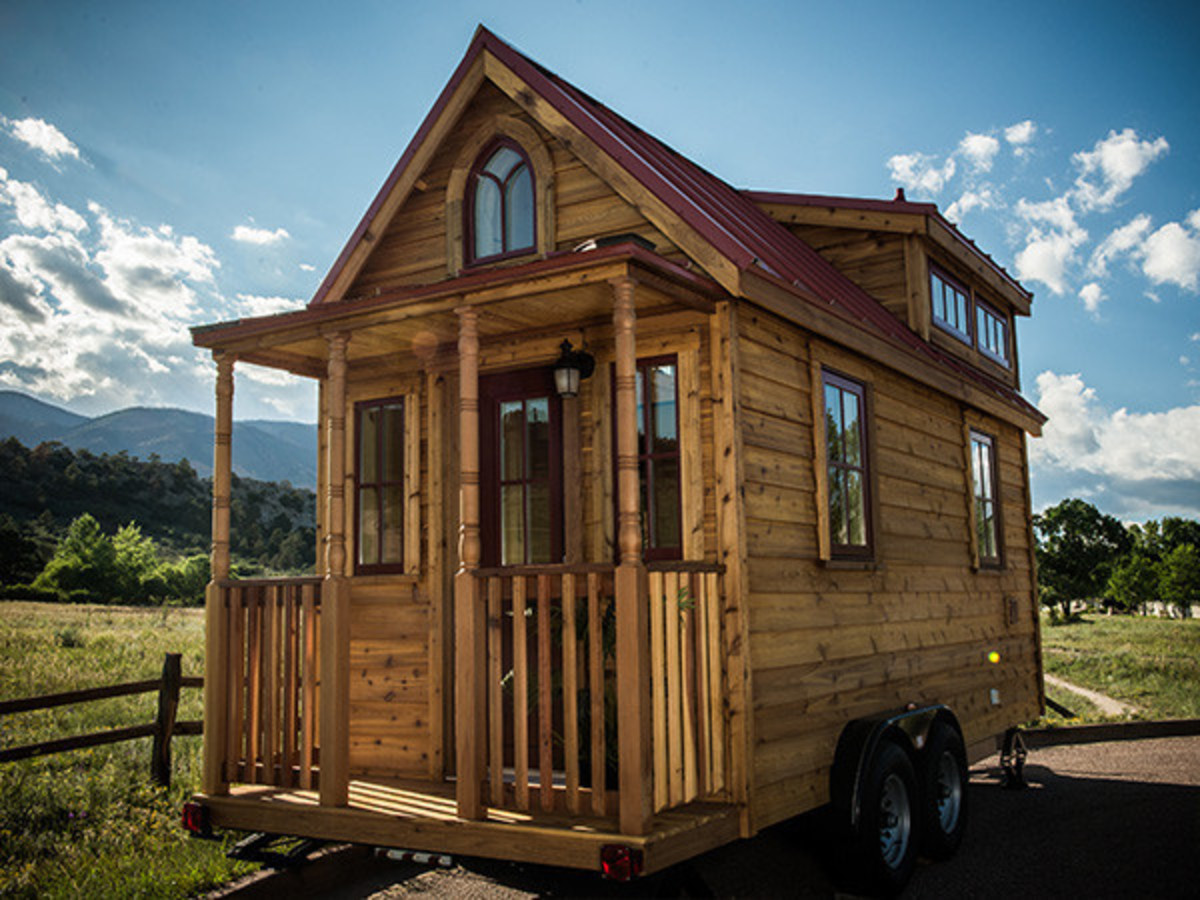
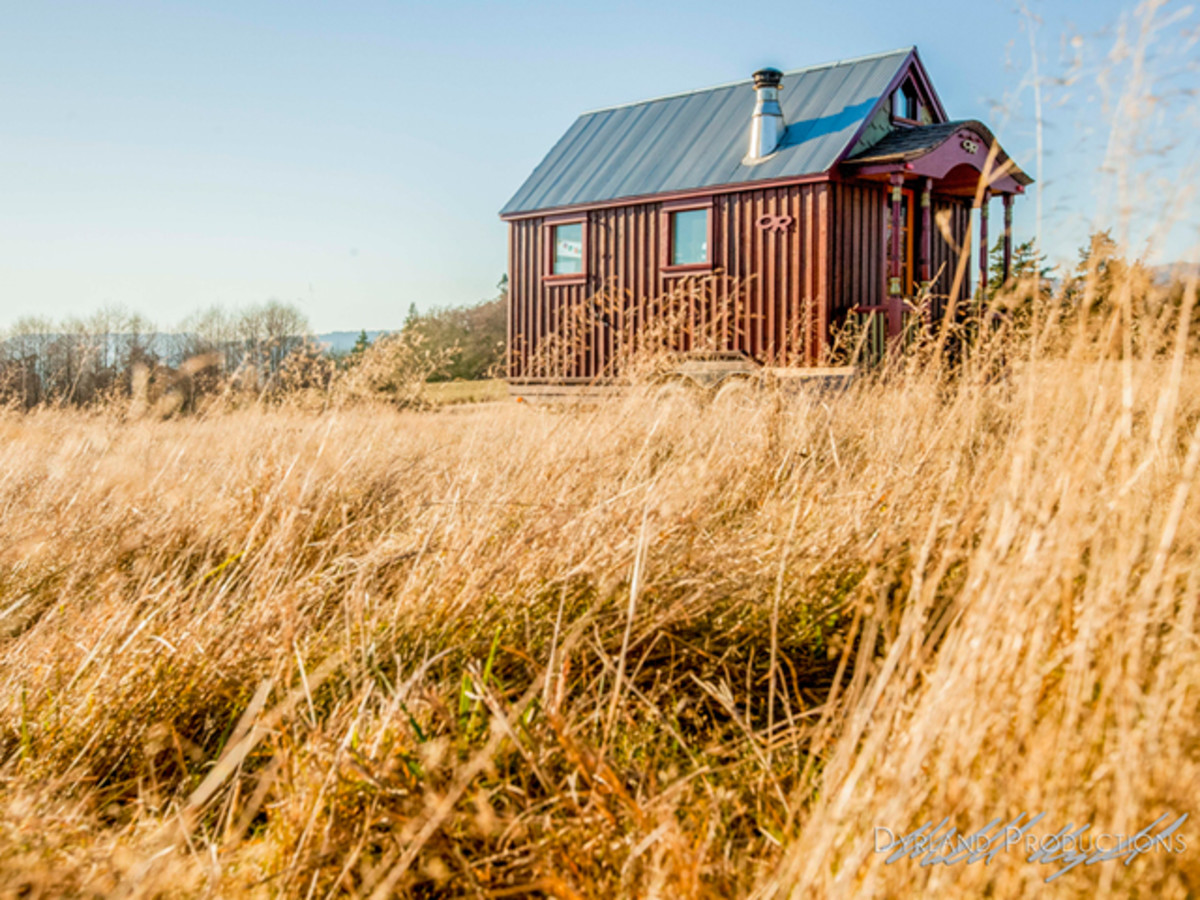
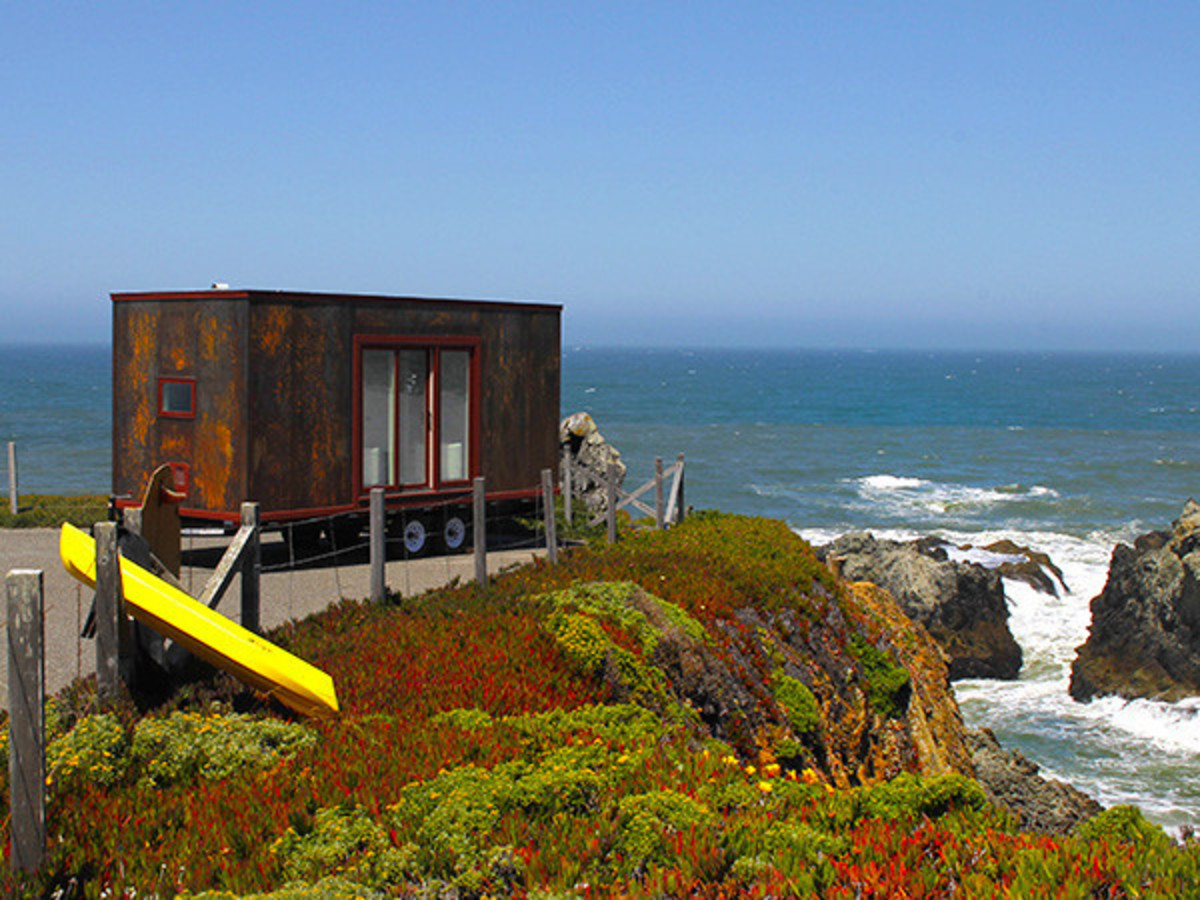
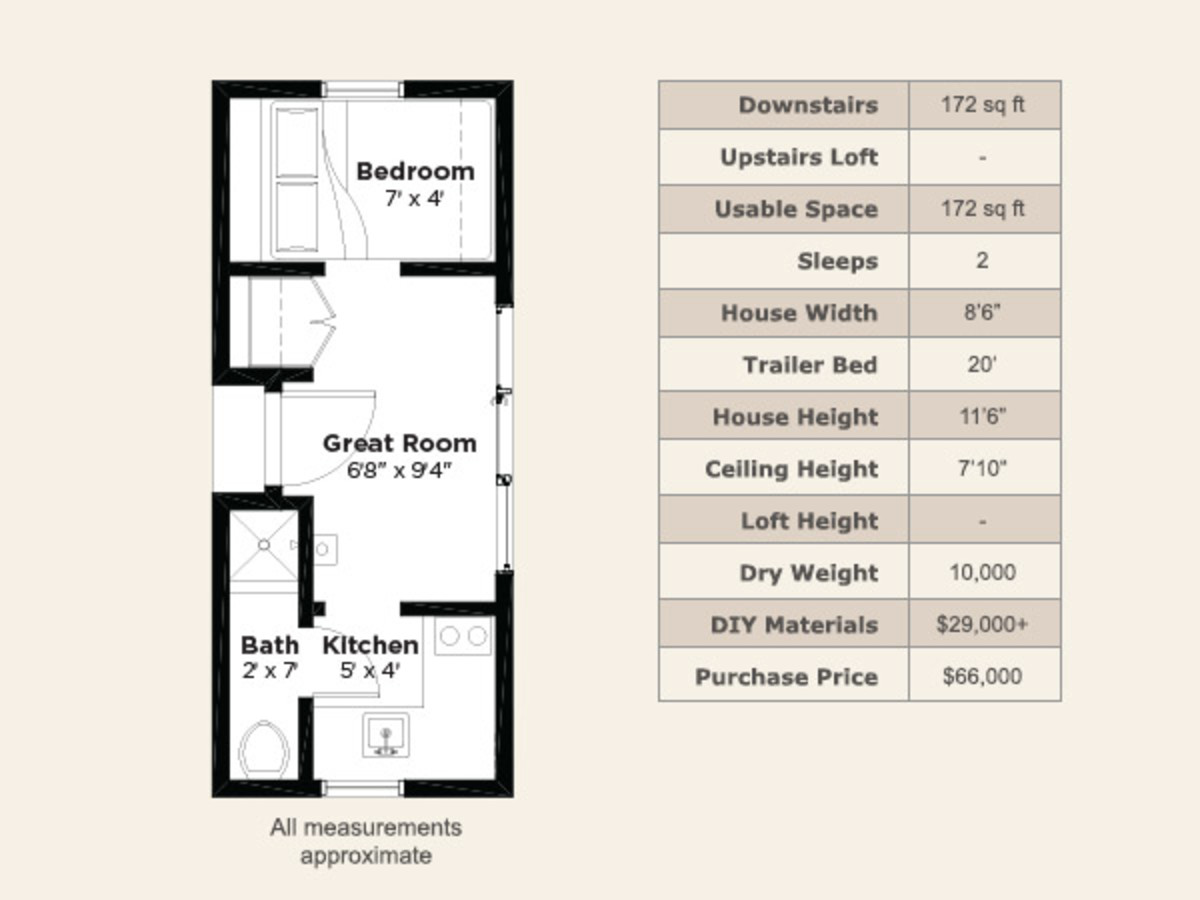
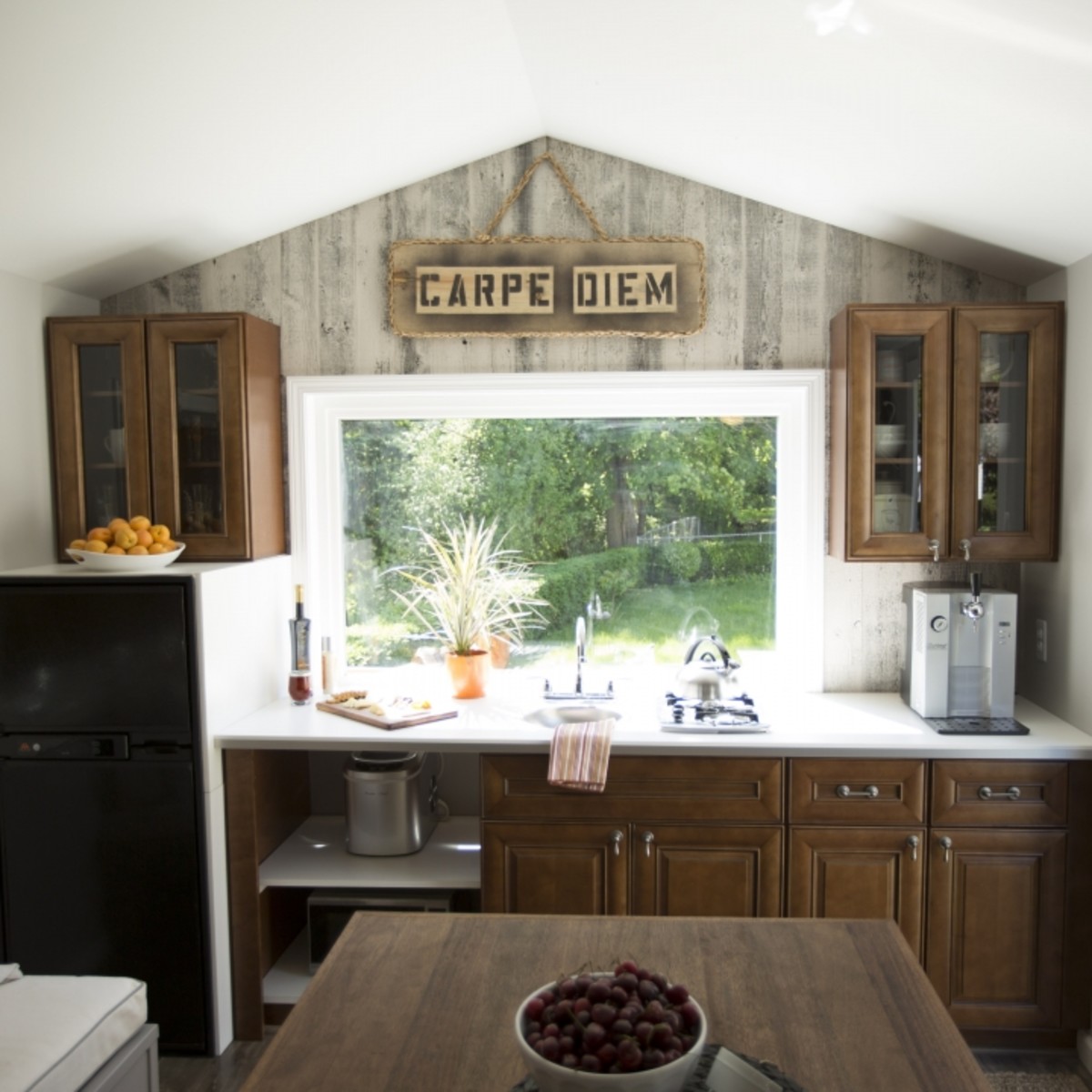
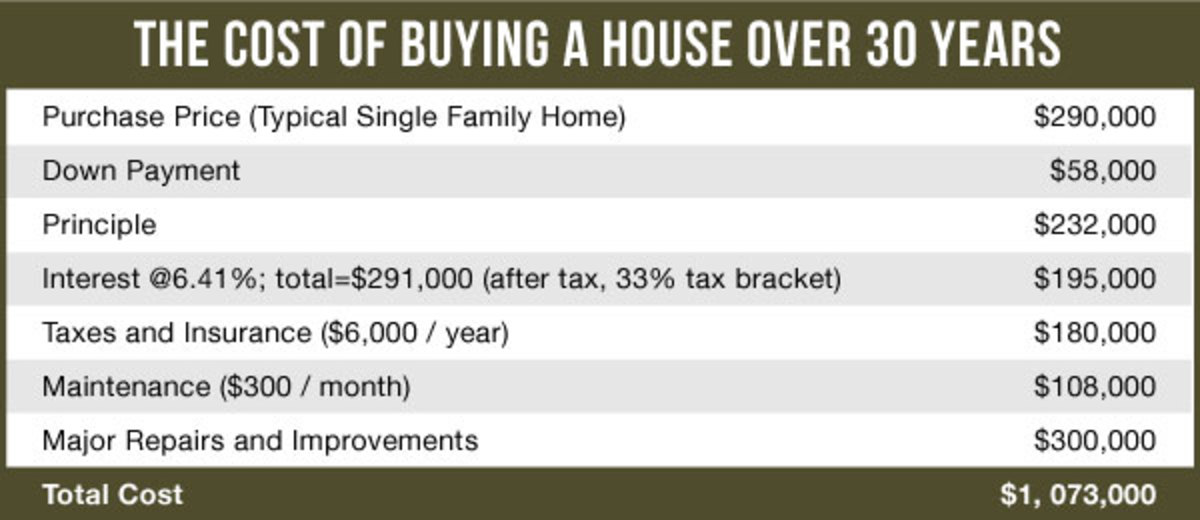
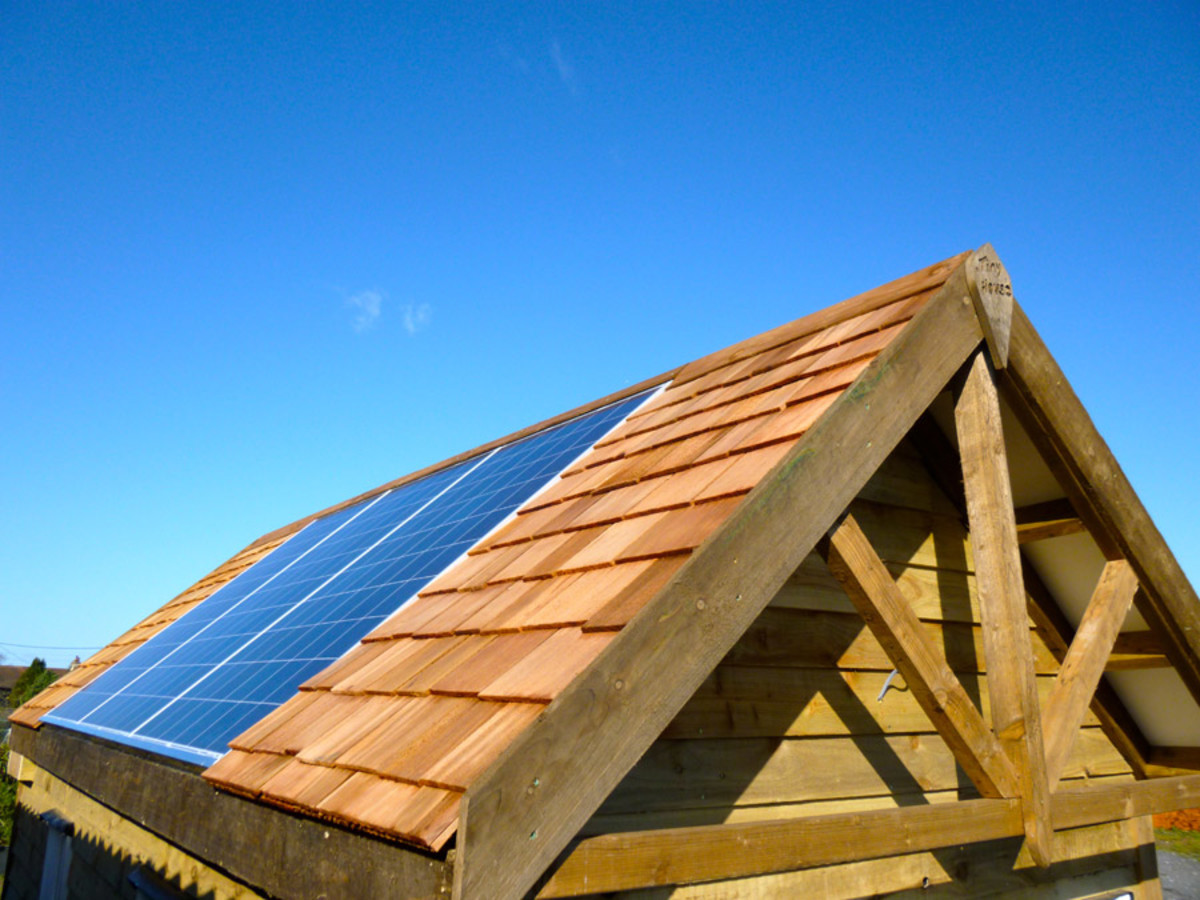
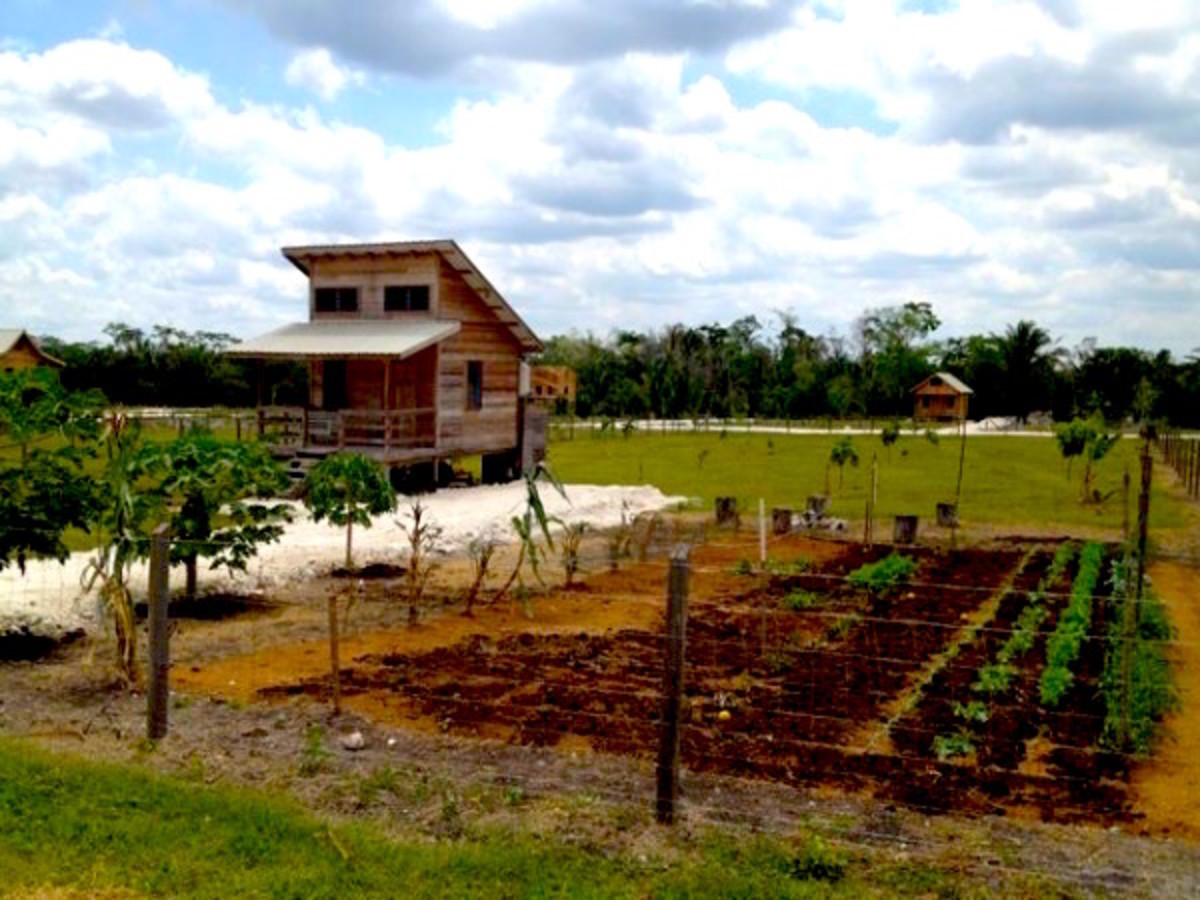
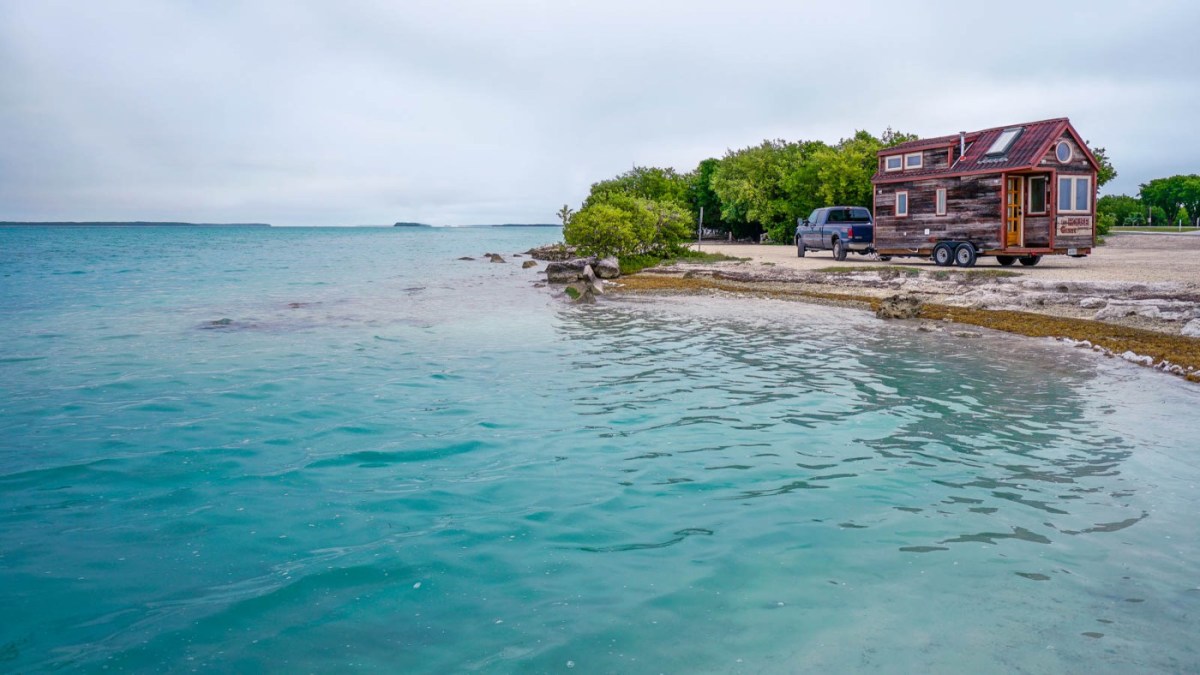
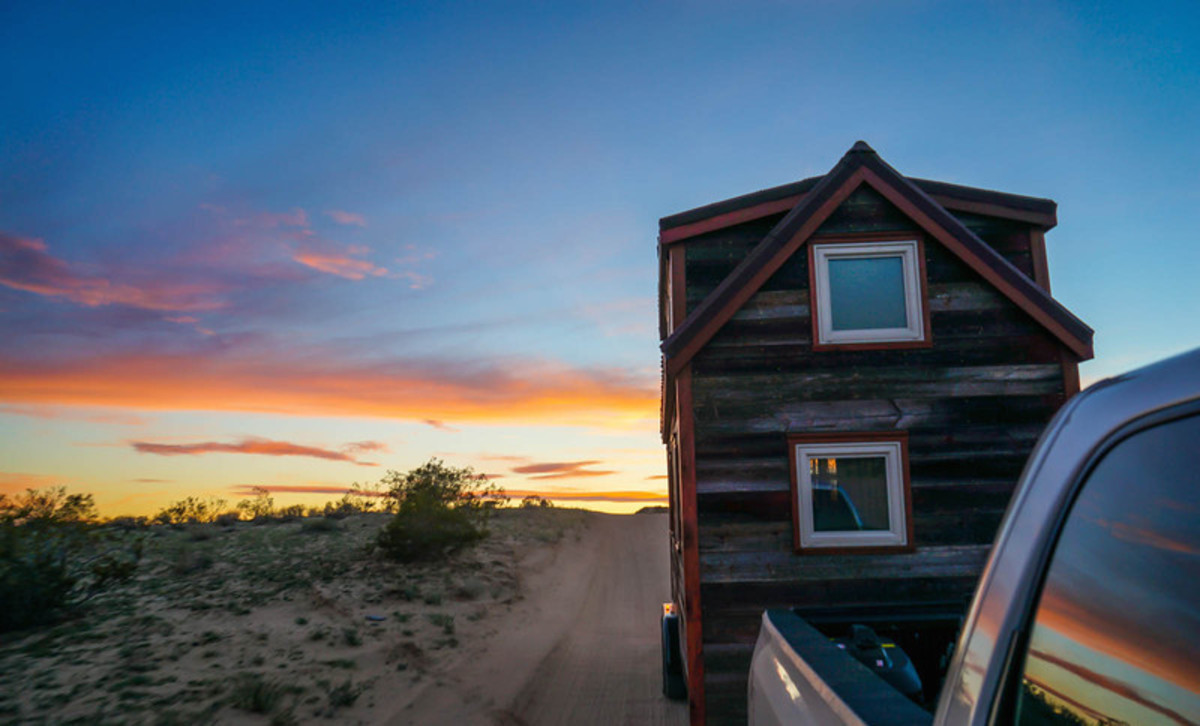
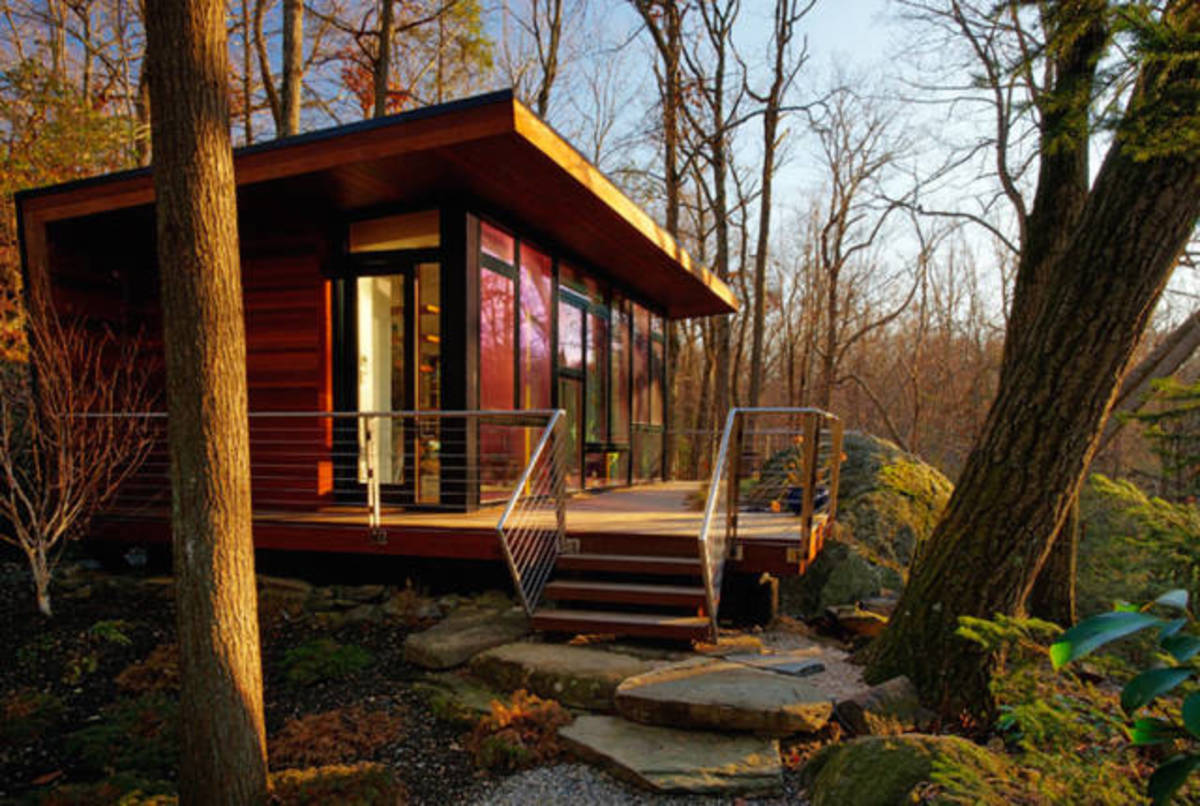
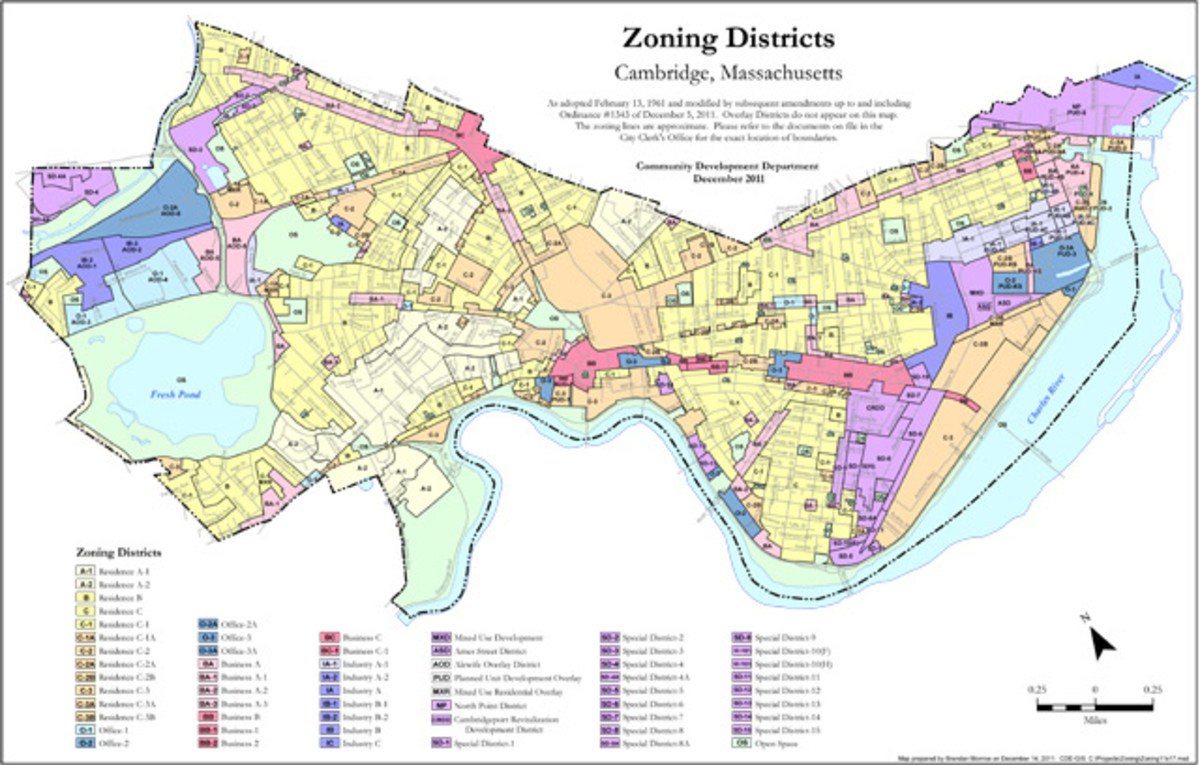
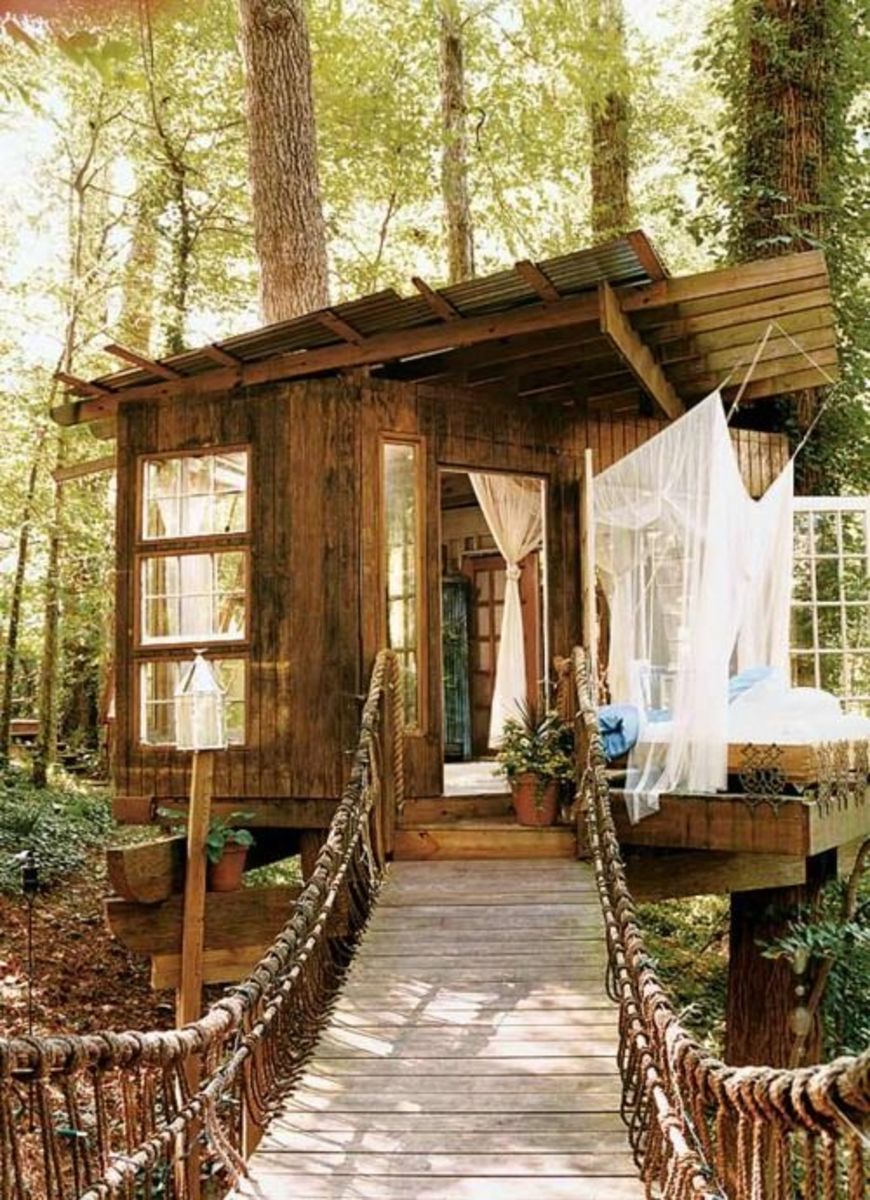
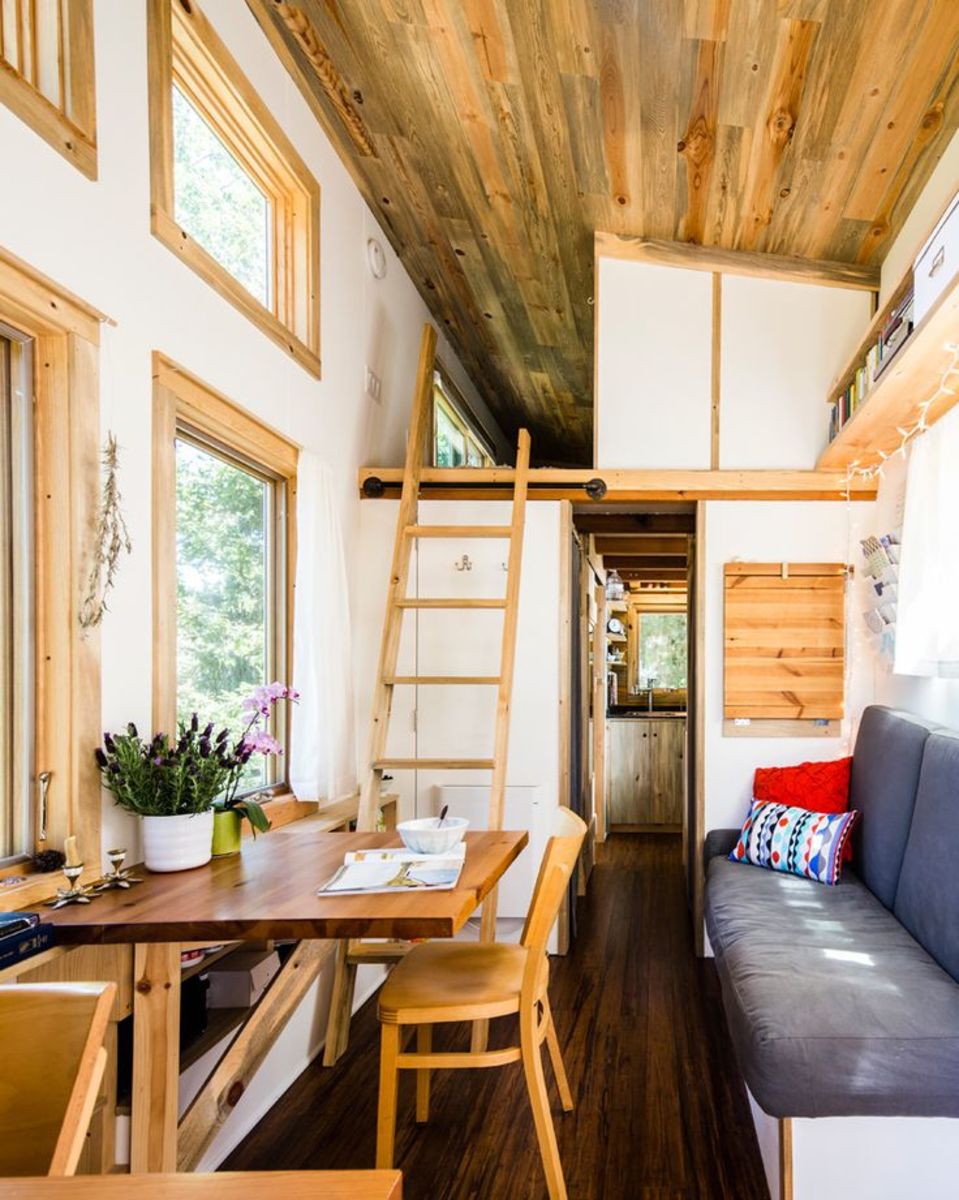
 Tiny Homes: Simple Shelter (The Shelter Library of Building Books)
Tiny Homes: Simple Shelter (The Shelter Library of Building Books)

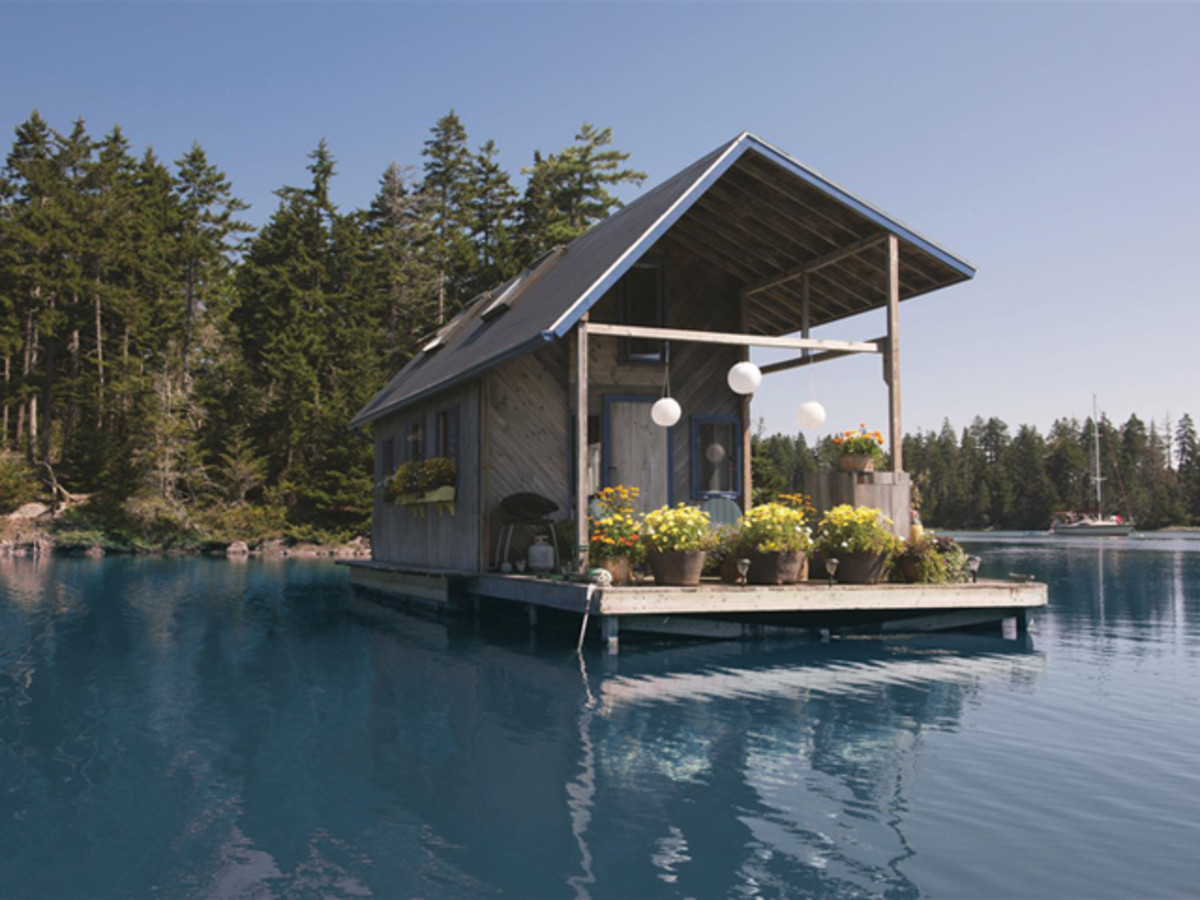 For further information log on website :
For further information log on website :
https://dengarden.com/misc/What-Is-The-Tiny-House-Movement
Fernando Quijada

This pre-made elm design exhibits the traits of the ideal tiny house: simplicity and sheer elegance. | Source
What Inspired the Tiny House Movement?
You probably remember seeing a picture or two of these cozy tiny houses roaming around the Internet. Mainly found on Pinterest, Tumblr, and Facebook, these structures seem to be gaining an impressive viral momentum throughout the blogging community. This is to be expected, as they are commonly regarded as "absolutely adorable."
But if you're new to the idea, you've probably wondered: "Why would people actually want to live in one of these?" A question with fair intuitive grounding. The practicality of these tiny houses dates back to hurricane Katrina in 2005 when the government declared approximately 90,000 square miles of land, much of which happened to be dense residential areas, a disaster zone. Thousands of citizens were displaced, losing most of their belongings to the unforgiving winds and divesting floods.
Fortunately, urban designer Marianne Cusato conceptualized what later came to be known as the "Katrina Cottage," a 300 square foot home designated for victims of Katrina. These temporary units accommodated thousands of families across the stretch of the affected Southern coastlines. However, the excellent design and concept of these homes, along with an unsteady economy, has inspired one of the biggest current social movements in the United States.
The tiny living movement entails...
- downscaling to a space that's less than 1000 square feet
- environmental awareness of personal carbon footprint contributions
- the aspiration of eventually becoming completely self-sufficient
- travel and lifestyle flexibility paired with a heightened sense of adventure
- the desire to simplify life and snap out of the consumer trance
- financial planning and intelligent monetary investment
The movement highlights a paradox of living in America: over the span of thirty years, the average house size increased from 1,780 to 2,479 square feet. That is a whopping 71.8% increase in size of your average home. However, according to the 2010 U.S. census, household sizes have decreased to only 2.58 people per house, creating the paradox. Why do smaller families need larger spaces?
Moreover, within the same time period, the world's population has increased from 3.9 billion people to approximately 6.6 billion. The number of people in the world doubled within a lifetime! Additionally, due the recent financial crisis of 2007-08, the housing market has become highly fluctuant with its interest rates and pricing that sent homeowners desperately looking for more economically-friendly alternatives to avoid foreclosure and remain afloat.
Environmentalists and economists have proposed many solutions and ideas as to how the governments of the world can approach these serious complications, but to the surprise of many officials, the public has taken matter into their own hands and has grown more creative and conscientious in personal lifestyle choices. This breathes life into the very foundation of the movement.

Source
Living Big in Tiny Houses: A History
While the applications and practicality of tiny house living was eloquently demonstrated during the aftermath of hurricane Katrina, the concept can be traced back to credit author Sarah Susanka's book, The Not So Big House: A Blueprint for the Way We Really Live, in 1998. Susanka introduced a new way of thinking about what makes a place a home and posited that a home ought to be designed and built to perfectly suit the way you would like to live—nothing more, nothing less.
This idea was highly popularized in 2009 by the Tumbleweed Tiny House Company. Dedicated to building pre-designed tiny residences, they sold their model homes under the category of park model RVs. What made their product unique, however, was the fact that they used flat-board trailers as a foundation to carry movable homes, in sizes that ranged anywhere from 65 to 885 square feet.
The owner of the company, Jay Shafer, went on to create Four Light Tiny House Company in 2012. Homeowners that made the decision for tiny living (being approximately only 1% of U.S. population as of 2012) had to significantly compress their living space and creatively buy or design a space that could effectively strategize the use and function of appliances, furniture, and space. The entirety of a traditional house has to be compacted to fit in a space of 1000 square feet or less.
Nonetheless, the movement has become a global force where thousands of creative families and individuals from around the world have set out to design the best living spaces to call home. Here are a few examples of beautiful small structures around the world:
- Country Living has a large gallery of examples, including one designed by Macy Miller, whose family of four fits comfortably in a 192-square-foot space.
- Famous for their viral video on YouTube, Andrew and Gabriella Morrison customized their own tiny house to be 209 square feet. On their site, they have many inspiring photos and offer instruction.
- Eva Prats and Ricardo Flores designed their own "house-in-a-suitcase" in Barcelona, Spain that is compartmentalized with puzzle-like furniture and appliances (you'll find a great video there).
- Business Insider has a slideshow of twenty examples, including one in China where a man turned his 330-square-foot apartment into a moving maze where rooms and furniture slide in and out of view.
- A tiny home in Whangapoua, New Zealand that a company named Crosson Clarke Carnachan built on a beautiful beach hut to crave for a perfect getaway.
The challenge of managing to fit everything a home would normally contain into a closely defined space might seem impossible, but those who try soon find it to be an extremely thrill-inducing experience. It puts into perspective the massive amount of redundant "stuff" owned and its absolute lack of importance, which begins to mark the awakening from the unhealthy consumer trance and the start of simplification of one's life to the bare essentials.


This is the Mica model, a bestselling design by Tumbleweed Tiny House Company. | Source
Minimizing Your Carbon Footprint
When examining the average American residence, it becomes quickly evident how energy supplies are not being efficiently nor purposefully distributed and used. The average American simply pushes a button and spends energy without being fully aware of the impact on the environment.
But here is some recent data from the U.S. Energy Information Association and Environmental Protection Agency regarding the average energy consumption index for the traditional 2,479-square-foot American home:
- 909kW of electricity is consumed per month and approximately 10,908kW a year. (To put this into perspective, it takes 936.27 pounds of coal to produce enough electricity for the average American house every month).
- The U.S. uses approximately 4.91 trillion cubic feet of natural gas to supply residential houses every year.
- On average, 400 gallons of water are been used in only one day. That is about 144,000 gallons of water a year.
This data doesn't account for the energy required to supply or produce these services. Nonetheless, the carbon footprint for the average household results in approximately 13.5 metric tons of CO2 emissions every year. This means that we displace and emit 13.5 metric tons of greenhouse gases into the atmosphere every year. And according to our 2012 Census, there are approximately 121.1 million households in the United States. The math is almost cringe-worthy.
On the other hand, when examining the readings for a tiny structure, there is a significant difference:
- Tiny houses use an average of only 914kW. That is a 83.79% drop in electric consumption.
- Owners claim to only use approximately 30 gallons of water a day—only 10,950 gallons a year—a 76.04% drop.
- They emit about 2,000 pounds of CO2 per year, which is a 71.43% drop.
Tiny living not only proves to be a feasible alternative but it also happens to be a fantastic solution to drastically reducing one's personal carbon dioxide emissions, lowering overall energy demands, and a reduction in building materials. This encompasses the very essence of being environmentally conscientious and a true citizen of the world.

Source
A House-Sized Piggy Bank
Not only is the choice of tiny living a superb environmental choice, but it also happens to be financially intelligent one as well.
Considering the overwhelming amount of energy the average American home demands, the cost to maintain said services are on par with the excessive consumption. For most Americans, the monthly cost of housing alone is about 27% of the family's income, that is excluding food, water, gas, electricity, and overall maintenance. The average household needs to work an average of 10.8 hours out of a regular 40-hour work week simply to pay for housing.
According to the 2010 census, the average house in the United States cost approximately $272,900. Because of current pay rates, 76% of Americans live paycheck-to-paycheck. To put it into perspective, this is a typical 30-year housing plan which could result in long-run money loss. Such a lifestyle can place a family at an extremely high risk of getting caught in a vicious debt cycle.

Source
After about 30 years, you would have paid a total of about $1,073,000.
Downscaling has proven to be a great alternative for this daunting financial outlook. And since tiny structures tend to require significantly less material to build and demand less energy to run, their total cost would automatically decrease. Nonetheless, the average tiny house cost (which is highly dependent on square footage and whether it was built by the owner) comes to only be about $23,000.
Research done by Tiny House Life reveals some financial facts about tiny housing:
- About 68% of tiny home owners have no mortgage, compared to 29.3% in the traditional housing market.
- 78% of tiny home owners actually own their home, compared to only 65% in traditional housing.
- 55% of tiny house owners have more savings than the average American, $10,972 being the median.
- 89% of tiny home owners have less credit debt than the average American, with 65% having absolutely no debt.
This illustrates the increasing benefits downsizing in regards to monetary investments. The money that would have gone to traditional housing payments could instead be saved up, used for traveling, or invested. Tiny housing is not only a financially sound lifestyle but an apparently smart one. (People with masters degrees are twice as likely to invest in tiny living, after all.)
The average tiny house cost (which is highly dependent on square footage and whether it was built by the owner) comes to only be about $23,000.

Source

Source
Off-Grid and Back to Our Roots
Another merit of the movement is the overwhelming ease of self-sufficiency. This is one of the primary reasons of why people choose to live in a tiny place in the first place. It is easy to maintain, requires little energy to run, and frees up a significant amount of money.
Self-sufficiency is the ultimate goal of tiny living. However, it is not necessarily that easy to achieve. When designing a tiny home, the efficiency of the system is the key to a successful design. Some build a tiny home to only find out their appliances require roughly the same energy input as before, making self-sufficiency difficult.
Nonetheless, many of these owners have become off-gridders, those who have taken the time to carefully select the appropriate materials, appliances, furniture, and green energy generators that will facilitate self-sufficiency. Common characteristics found among off-grid tiny houses include...
- arrays of +250w solar panels, usually along the stretch of the roof
- propane tanks ranging anywhere from 40 to 1,500 pounds
- pumps extracting water from nearby springs, drilled wells, or tanks
- gardens that produce fresh vegetables and fruits.
There are numerous options which a family or an individual can choose from to get their needs met. By choosing wisely, owners can also avoid strict zoning laws and significantly reduce the money spent on taxing.
Nevertheless, disconnecting from the grid is often something that appeals to the person who's drawn to the tiny home lifestyle, and those that achieve a satisfying level of self-sufficiency pride themselves in reducing or even completely eliminating their dependence on the grid.

Bring Home Along | Source
Traveling Homes
Another benefit tiny home owners can enjoy is the ability to travel with their houses. Building on wheels not only allows the flexibility of mobility, but because these homes are often smaller than park trailers, they can be parked almost anywhere. Many bloggers have documented their exhilarating travels and activities for the public to read.
After the building is complete, many report a sense of newfound thrill of freedom as the implications of the lifestyle begin to breathe life into the space created by downscaling and simplification. Not only is there now money available to use, the very idea of living in a moving home seems to inspire these homeowners to explore the world around them and take a well-deserved vacation.
They often become inspired to finally run their own business or find a more flexible job that would allow them to travel. In fact, a New Mexico-native couple decided to make traveling their job and have visited over 25 major sites in the United States. They host various open house events and receive anywhere from 40 to 600 visitors for every major site. Their online blog, Tiny House Giant Journey, has now gained a wide, growing audience. Writing with friendly wit and humor, the couple's adventures are captured in stunning pictures and detailed narratives that can inspire an overwhelming craving to experience the world for yourself. In one of their first blogs, the couple enthusiastically finished by saying, "our first adventure was full of surprises, and it’s only a taste of the crusade to come."
Tiny life can take off on wheels.

Source

Source
Tiny Homes vs. Building Codes
As awe-inspiring and innovative tiny housing may be, Untied States' laws, building codes, and city zoning codes have not quite caught up. Some have to negotiate and take action to loop through the bureaucratic system that would normally view these dwellings as illegal to live in.
It is not the structure itself that is technically illegal, it is its dimensions. The government requires a room to be at least 120 square feet to be considered legal and since there are tiny homes that are 120 square feet or less, the homeowner is then considered to be violating housing codes.
Here are a few of the levels of bureaucracy from which housing and building codes become regulated both locally and federally:
- The Office of Zoning
- The Zoning Commission
- The Zoning Administrator
- Board of Zoning Adjustment
- The Office of Planning
- Department of Consumer and Regulatory Affairs
Together, these governing entities regulate, manipulate, and implement more than 20 chapters of hundreds of detailed laws and requirements which dictate overall property use and building codes in the United States. These rules were created to avoid the creation of scatter camps and random intrusive buildings within city limits.
Depending on the state and county, it could cost the tiny house owner hundreds of thousands of dollars to get exemptions from zoning laws. The process may take years, with no absolute guarantee. While it is completely legal to make, buy, or park a tiny house, the conflict comes once the owner steps into the structure and claims it as his or her permanent home.
This particular issue can be traced back to New York City's Zoning Resolution of 1916. During this time, urban planners and zoning committees began to organize and add structure to the ever-expanding city. Buildings had to be a certain distance apart from one another to allow space for the sun to shine, industries could not be within a certain distance from residential quarters, and they created many more regulations that still remain today.

An example of city zoning. | Source
Building Code Loopholes
Nevertheless, tiny home owners have shared various ways to bypass certain codes, one of which happens to be to place the whole structure on a trailer. This allows the owner to avoid violating property laws and building regulations.
Other loopholes include buying rural property, moving locations after certain amounts of time, and negotiating deals with nearby households. Although a tiny house can be subject to discrimination from regulatory agencies and neighbors (for the potential decrease in property values), tiny living seems to actually increase residential value by increasing density in relation to the property owned. This, however, might include an increase in taxes.
Nonetheless, it is completely possible to live in your tiny dream home if you follow the rules (and find legal ways to bend them).

Source

Source
The Big In Tiny Living
Despite the bureaucracy, tiny living has become an increasingly persistent force, especially here in the United States. Not only does this refreshing lifestyle encompass environmental responsibility, superb financial investment, flexible living, a heightened sense of adventure, and monetary freedom, it also symbolizes the brilliance of human ingenuity and compassion.
Tiny living allows people to fully exert their creativity and design aesthetic. It is an opportunity to become part of a solution to the problem that is eating away at our planet's resources every day. And most importantly, it creates the ability to reignite the long-lost spirit of human quest.
Tiny living has demonstrated that big does not necessarily mean better. It has opened the door to exploring a whole new realm of possibility. This is a trend that is quickly revolutionizing the world and a solution to countless environmental issues. It is a social response to an inner calling for a needed change. This is the tiny house movement.
For More Information
Helpful Guides and Pictures

"The common thread that weaves between the stories is the builders' immense pride of place, a drive for independence and a vision that, when little goes to waste, life can have greater meaning."
—HomeGrown.Org

Source
https://dengarden.com/misc/What-Is-The-Tiny-House-Movement





No comments:
Post a Comment